Can you name a major American writer from Nevada? I can’t. But undeterred by the state’s lack of recognition from within and without in the field of literature—indeed, inspired to change that view—Cheryll Glotfelty, a professor of English at the University of Nevada-Reno, assembled Literary Nevada (University of Nevada Press, $29.95), an anthology that makes a case for the Silver State’s literature.
We are not a state known for producing lots of famous poets and writers. Or any, really. What made you assemble an anthology?
Right, and so basically there is state pride there. To explain: Montana came out with a similarly sized literary anthology. Being in the field of Western American literature, I watched as that book made a big splash, put Montana on the literary map and gave Montana a different kind of reputation. With Nevada there wasn’t such a book, and I wished one of these anthologies existed. People would tell me to read Mark Twain or Robert Laxalt, but just a handful of names would come up. I was led to the conclusion that Nevada didn’t really have much literature.
More
- Beyond the Weekly
- Cheryll Glotfelty
- Amazon: Literary Nevada
Then I was asked to teach a class on literature of the West and Nevada. I discovered in preparing for it that there was far more good literature about the state than I could even fit into a semester. By the second time I taught the class it was almost all Nevada material. And I was left to figure out why Nevada didn’t have a literary anthology. Every other Western state did. Nevada was a curious gap leading people to conclude that Nevada was a cultural wasteland. I thought that I could contribute to the state and stay fascinated by creating one of these anthologies for Nevada.
As an anthologist were you trying to include everything written about Nevada, or were you using critical judgment to pick only writing you thought of as high-quality?
The answer to that depends on what period we are talking about. When you are talking about the first writings about Nevada done by beaver trappers, I thought it was really important to include those earliest recorded impressions of Nevada. But by literary standards you could not call them anything more than jottings about how many beaver they caught that day. So for the earliest stuff I did not exercise critical judgment. I also wanted to get a geographical representation that did not just focus on the North or the South. And I wanted to include people who were historically important, like Peter Ogden and John Fremont.
But as we move into the contemporary period I used a lot of critical judgment. It had to be good in my judgment, and while that is subjective, I am trained to make these judgments. There is far more out there than I chose to include.
More
- Reading Issue
- Mr. Playboy: Hugh Hefner and the American Dream
- Life, letters and Las Vegas
- The Wordy Shipmates
- A brief, opinionated guide to Las Vegas’ used-book stores
- Let There Be Night: Testimony on Behalf of the Dark
- Portions from a Wine-Stained Notebook
- Short-short-SHORT stories
- Liberation: Being the Adventures of the Slick Six After the Collapse of the United States of America
What were the challenges to putting an anthology of this scope together?
It was easy in ways I thought would be hard and hard in ways I never anticipated. You would think the research in finding this stuff would be hard. But that turned out to be easy. One thing leads you to another. You talk to people, and they give you ideas. There are all kinds of databases and libraries. I could have worked another 10 years to try to be thoroughly exhaustive and find everything. But at some point you have to say you have done enough research.
What turned out to be hard, I never even thought about as part of the job. I was out there gathering these treasures, and putting them in one place. Everything in the anthology is reprinted, which means it was originally published somewhere else. But to reprint stuff like that you need permission from the rights holder. It turned out to be very difficult in cases to determine who the rights holder is. For example, a piece is published by a small press in 1920, and that press goes out of business. Who do you call? But you are obligated to call somebody, because the piece still has a copyright. So, for 225 pieces I had to find rights holders, and that was a huge detective project.
Another unexpected difficulty is that reprint fees can be up to $700, and my publisher doesn’t pay that, and this totaled $10,000. So, all of the sudden I had to become not just an academic but a fundraiser; that was hard.
Did you discover any writing in Nevada’s past that you weren’t expecting?
It really surprised me that Jack London had written about Reno. That is a great discovery. I was surprised how much good stuff there was that is not even well-known among my colleagues who specialize in Western literature. I am still surprised.
Were there any unacknowledged Nevada masterpieces you discovered while putting the book together?
Yes, The Lucky by H. Lee Barnes is a novel set in Las Vegas. It is the best Las Vegas novel I have ever read. It is a fictionalized version of Benny Binion’s life. I would certainly call that a masterpiece.
Back to regional pride: There are 84 pages on Las Vegas in a more than 700-page book. Why is that?
That is not entirely true. In a lot of pieces I had to pick what section to put them in. And the Las Vegas section got a lot of contemporary material. But, for example, in the explorer section, Las Vegas is mentioned by an explorer who discovers the big spring. There is Las Vegas material there.
But to be honest, Las Vegas’ literary record doesn’t really start until after World War II. But if you include Native American traditional stories, Nevada goes back hundreds of years. Las Vegas is a very recent phenomenon. Las Vegas did get more pages than Reno.
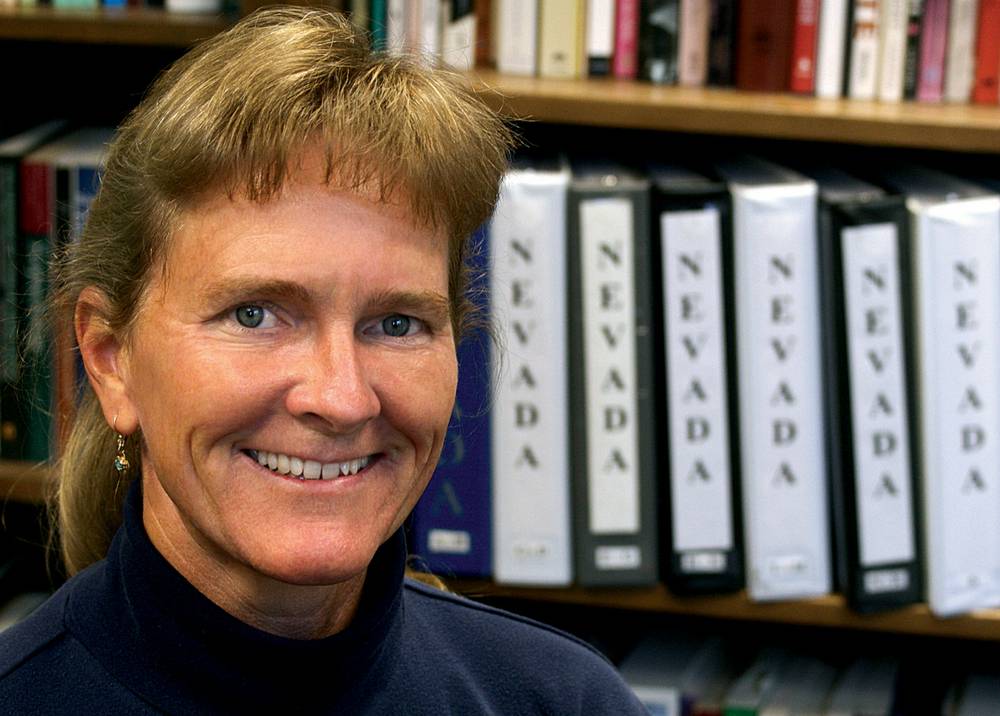

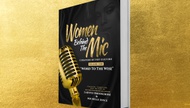

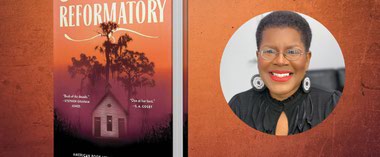
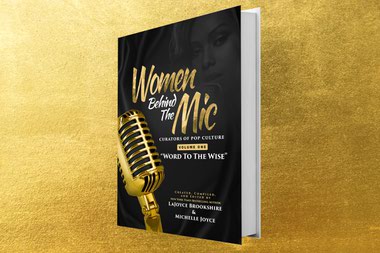
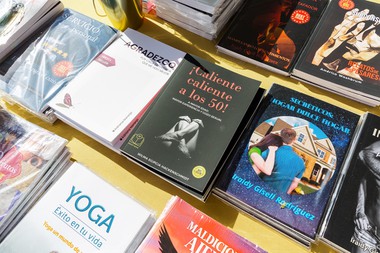
Previous Discussion: